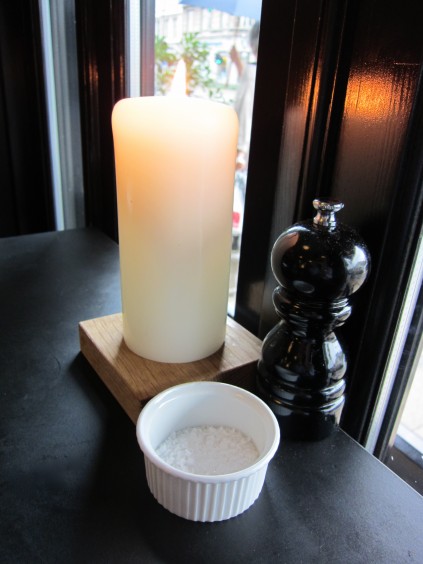Danish people are generally reserved. They’re not unfriendly, but they don’t really go out of their way to engage you. Because of this trait, it’s surprising to learn one of the most significant words, and traditions, in Denmark, is hygge.
It’s impossible to translate exactly, and just as difficult to pronounce. (The closest I can get in describing its pronunciation is “hue-geh.”) It is more of a feeling than a word, and that feeling is warmth and comfort.
Picture family and/or friends gathered together in front of a fireplace with plenty of food and drink…that’s hygge.
“It’s a term that has grown out of our cold and darkness, when we come together around a source of heat,” says anthropologist Henny Harald Hansen.
That said, hygge can also be found around a picnic table on a beach, or sitting in a summer garden in the morning sun. Familiarity, fellowship, and security are other ingredients in the recipe for hygge.
I experienced hygge first hand when I visited the summer house of my friends, Gitte and Christian, in the north of Denmark along the sea. Many of the houses there, including theirs, are painted black with white trim, and have black tile roofs…very chic, and quintessentially Danish.
Gitte is my antique shopping comrade, and is master of the style moment, as seen in every corner of her home. A blue trimmed lampshade sits atop a vintage porcelain lamp on a stack of books on the table. Tiny white horses parade across the interior of an old wall-mounted shelf on which pieces of blue mid-century Danish pottery is displayed.
A cozy sofa upholstered in a faded orange peacock print provides a splash of warm color in the pale surroundings. Meals are outside on the terrace, overlooking the garden. You just can‘t get much more hyggified than this.
Denmark will always have those Arne Jacobsen chairs and that Royal Copenhagen porcelain as their claim to fame, but their real treasure is simply the art of hygge.








